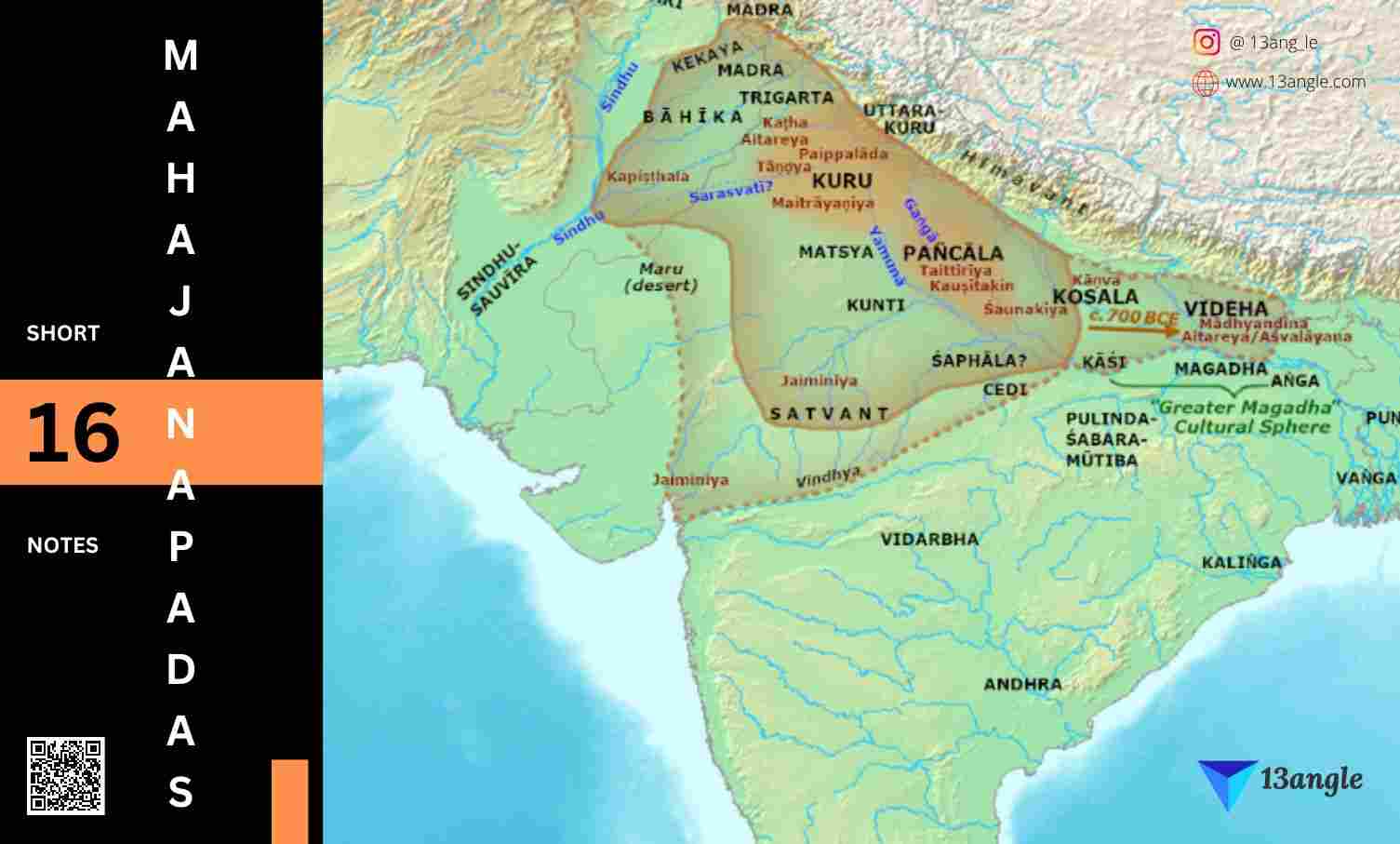The Doctrine of Lapse was a policy followed by the British colonial government in India in the 19th century. Here are some pointwise notes on the Doctrine of Lapse:
The Doctrine of Lapse was a policy introduced by Lord Dalhousie, the Governor-General of India from 1848 to 1856.
The policy stated that if a ruling Indian prince died without a natural heir, his territory would automatically “lapse” or be taken over by the British government.
The policy assumed that the Indian princes were incapable of ruling their territories efficiently and that British rule would be more effective.
The policy was also motivated by economic factors, as the British government saw an opportunity to acquire new territories and increase its revenue.
The Doctrine of Lapse was controversial and was criticized by Indian nationalist leaders, who saw it as an attack on Indian sovereignty and an attempt to undermine the Indian princely states.
The policy led to several conflicts between the British government and the Indian princely states and contributed to the growing resentment of British rule in India.
- The policy was officially abolished in 1858, following the Indian Revolt of 1857, which highlighted the discontent of the Indian people with British rule.
The Doctrine of Lapse was a significant example of the British government’s attempts to expand its control over India and had a long-lasting impact on the relationship between the British government and the Indian princely states.





